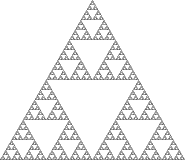"Intentional Programming is a programming paradigm (Charles Simonyi, Microsoft) that encodes in the software source code the precise intention which the programmers ( or users) have in mind."
A Java program that writes numbers from 1 to 10 looks like this.
for (int i = 1; i <= 10; i++) {
System.out.println("the number is " + i);
}
However, this does not "does not capture the intentions of the programmer". A modified code would look like this.
for (int i = 1; i <= 10; i++) {
System.out.println("Printing the numbers 1 to 10 " + i);
}
TDD encourages intentional programming. You are able to state your intentions (via TDD) even before you code.































